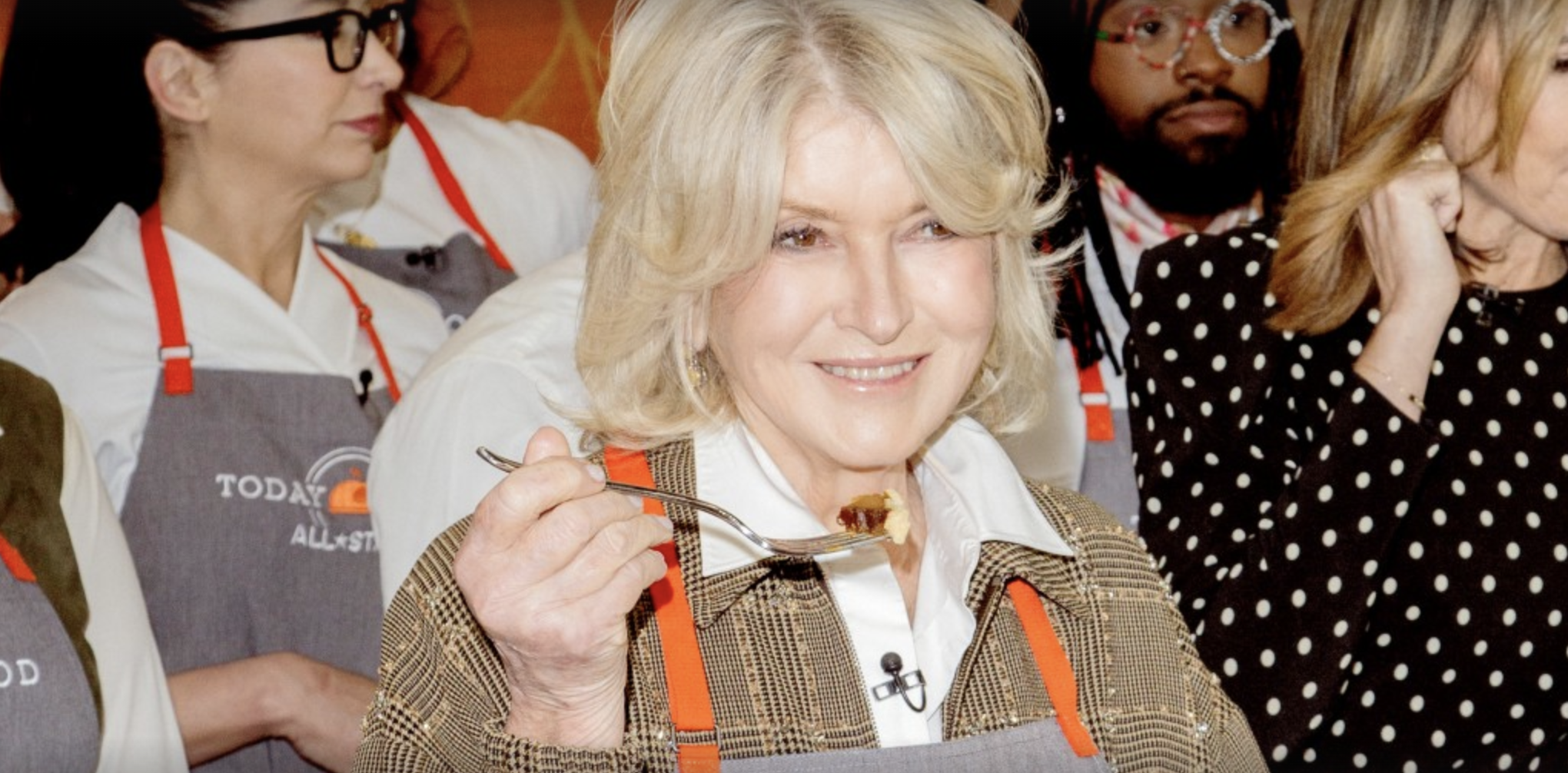Thanksgiving is just a few days away, and if you’re cooking the centerpiece of dinner, food safety experts have some tips to help you avoid a disaster.
Cooking fires spike on Thanksgiving Day to about 1,400 each year, about triple the number of daily average cooking fires throughout the year, according to the Consumer Product Safety Commission. Deep-fried turkey, which has gained in popularity over the years, is particularly dangerous and can lead to devastating burns, destruction of property and other injuries.
“Every year, we see preventable fires and injuries caused by cooking accidents during the holidays,” said CPSC Acting Chairman Peter A. Feldman. “We’re urging everyone to stay focused when in the kitchen because a few minutes of attention can make the difference between a happy holiday and a heartbreaking one.”
So, ahead of the holidays, here are some tips and recommendations to stay safe this Thanksgiving:
Thawing your Thanksgiving turkey
Leave enough time for frozen turkeys to defrost in the fridge, where temperatures are cold enough to prevent bacteria from multiplying.
Since it takes a day of thawing for every 4 to 5 pounds, that could add up to several days depending on the turkey’s size. Otherwise, sticking a frozen turkey in the oven could result in a bird that looks nicely browned, but is still cold inside.
If you use a microwave or the cold water method, the bird must be cooked immediately.
Once the bird is thawed, experts say to resist any instincts to rinse it before cooking, which could end up splattering germs around. Thoroughly cooking should kill any germs on the turkey.
Cooking the bird: Roasted or deep fried
If you’re using an oven, use a meat thermometer to make sure your turkey is properly cooked — it should be 165 degrees Fahrenheit at the thickest part. Experts say don’t rely on those pop-up thermometers that come stuck in some birds as they are not always effective in determining the temperature.
Some additional tips from the National Fire Protection Association:
- Never leave food you are cooking on the stove or in the oven unattended.
- Keep children away from the stove. The stove will be hot and kids should stay three feet away.
- Keep matches and lighters out of the reach of children.
- Make sure your smoke alarms are working.
If you plan on frying your turkey, fire officials urge cooks to only use turkey fryers outdoors to keep your festivities from going up in flames.
Turkey fryers can easily tip over spilling hot oil across a large area, so make sure it’s on a sturdy, level surface well away from things that can burn. Parents should maintain a “3-foot kid- and pet-free zone” around the fryer to protect against burn injuries.
Before frying a turkey, place it in the fryer and cover it with water to determine the exact amount of oil you will need. Putting too much oil can cause an overflow once you add the turkey, risking the eruption of a dangerous fire.
Some additional tips from the U.S Fire Administration:
- Never overheat oil and use an oil with high smoke point.
- Keep the fryer out of the garage, off the deck and at least 10 feet away from the house.
- A partially frozen turkey will cause cooking oil to splatter when you put in the pot, so make sure your bird is fully thawed and without frost before frying.
- The sides of the cooking pot, lid and handles can get dangerously hot, so use protective mitts.
In case of an oven or fryer fire
In case a fire erupts in your oven, FEMA recommends:
- Turn off the oven and keep the door closed until it’s cool.
- Move things that can burn away from the stove. This includes dishtowels, bags, boxes, paper and curtains.
- Turn pot handles toward the back of the stove so no one can bump them or pull them over.
Putting out a turkey fryer fire:
- Wear safety goggles to protect eyes from oil splatter
- Use fire extinguisher to put out fire
- Do NOT use water to put out the fire (oil + water do not mix!)
To stuff or not to stuff?
Though there’s debate about it, Angela Shaw, a specialist at the Iowa State University’s food safety extension, recommends cooking the stuffing outside the turkey. Otherwise, she said it could pick up bacteria from the bird. Getting the stuffing hot enough to kill any germs could mean burning or drying out the turkey, she said.
For stuffing, the CDC recommends:
- To cook it in a casserole dish instead of inside your turkey so it’s easier to make sure the stuffing is thoroughly cooked.
- Use a food thermometer to make sure the stuffing’s center reaches 165°F.
- If you cook the stuffing inside the turkey, wait 20 minutes after taking the bird out of the oven to allow the stuffing to cook a little longer.
How to avoid food poisoning on Thanksgiving
Food poisoning can be another holiday hazard. Raw turkey can harbor illness-causing bacteria such as salmonella, campylobacter and other germs. It must be handled safely to prevent those bugs from contaminating refrigerator surfaces, sinks and kitchen counters.
Experts say to resist any instincts to rinse it before cooking, which could end up splattering germs around. Thoroughly cooking should kill any germs on the turkey. Instead, pat the turkey dry with paper towels and toss them in the trash, or use a kitchen towel and disinfect it in the laundry.
Wash your hands before preparing food and after touching raw poultry. Once ready to prepare, use one cutting board for raw turkey and a separate one for cutting produce, bread, and other foods that won’t be cooked.
You should also wash your cutting boards, utensils, dishes and countertops with hot soapy water after preparing raw turkey and before you prepare the next item.
Pay close attention to any surface that may be contaminated. It’s important to clean first with soap and water and then sanitize with a disinfectant — a two-step process.
How to handle leftovers properly
According to the CDC, if not stored correctly, turkey and its juice can get contaminated with germs that can make you and your family sick.
Temperature control can be a problem even after everyone is done eating; experts say to refrigerate leftovers at 40°F or colder within two hours, since bacteria can grow quickly on food that’s left out.
Clostridium perfringens, the second most common bacterial cause of food poisoning, grows in cooked foods left at room temperature.
To prevent food poisoning with leftovers, here’s what the CDC recommends:
- Refrigerate leftovers that have been exposed to temperatures higher than 90°F, like in a hot car, within 1 hour.
- If you are refrigerating a big cut of meat, such as turkey or roast, cut it into smaller pieces so they cool quickly. You do not need to wait until food is cool to store it in the refrigerator or freezer.
- Eat cooked turkey and dishes made with it, such as soup or a casserole, within 3 to 4 days.
- Freeze leftovers to store them for longer.
- Reheat all leftovers to at least 165°F before serving or eating.
The Associated Press contributed to this story.
Want more insights? Join Grow With Caliber - our career elevating newsletter and get our take on the future of work delivered weekly.














